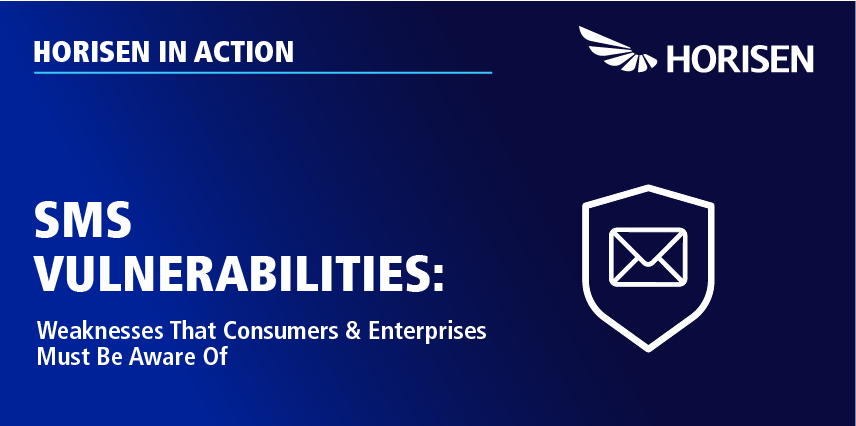In today’s digital world, consumers visit a business’s website or app when looking for support or kickstarting a commerce journey.
Instead of moving to another channel when they have a query, many would prefer a native service or sales experience. Live chat gives them that.
Moreover, it removes the need to wait in long call queues, increases the chances of a sales conversation, and meets the preference of many to engage via chat-based tools.
As customers demand a more diverse range of communication tools, its growth has continued, with estimates suggesting the global live chat market will be worth $1.7BN by 2030. That represents an 8.8 percent annual growth rate.
Yet, despite all the benefits and these lofty estimates, live chat is still widely misunderstood.
Indeed, several myths still swirl around live chat, preventing organizations from adopting the channel as they might like. It’s time to debunk them!
Myth 1: Agents Can Handle Five Chats at a Time
When live chat entered the contact center, many vendors suggested that agents could handle five conversations simultaneously.
However, in many cases, those estimates missed the mark. Soon businesses realized that when customers suspect an agent is talking to multiple people simultaneously, their experience often falls by the wayside.
Wary of this, some businesses avoid asking agents to handle more than two or three contacts at once, let alone five.
Of course, there are other reasons too. Consider an organization that deals with lots of vulnerable customers, which is many in the current climate. These conversations are often tricky and demand the agent’s undivided attention.
To lessen this load, it is often best to route customers to specially trained agents who can provide tailored support, allowing their teammates to get back to the more general, nitty-gritty contacts.
Also, ensuring agents can shift channels and continue the conversation via the phone enables a faster resolution and saves a lot of back and forth.
Myth 2: Live Chat Deployments Will Cut Operational Costs
Live chat offers businesses an excellent opportunity to reach a new audience, increase engagement, and meet customer preferences.
As such, it is often the ideal channel for customer experience enhancement. However, the idea that it will cut operational costs is unlikely.
Why? Because when a contact center goes live with a new channel, contact volumes almost always increase as businesses open themselves up to a new demographic and opportunities.
Moreover, now the business is meeting their contact preferences, customers may reach out to discuss issues they previously would have ignored.
All this is excellent for service experience and, ultimately, revenues. However, operational costs will likely increase.
Be prepared for this and work with an open and honest vendor. They should also demonstrate a wealth of experience in live chat implementation.
With this experience, contact centers can guard against other potential issues, including forecasting difficulties, as the vendor will likely bring a wealth of data and expertise.
Myth 3: Dumb Chatbots Monopolize Live Chat
Over the past ten years, chatbots have often disappointed customers. Only three years ago, Forrester found that 54 percent of US online consumers believe interacting with a chatbot negatively impacts their quality of life.
Such perceptions have somewhat damaged the reputation of live chat, as the channel was the first port of call for many conversational AI projects.
However, advancements are now coming to the fore, which aim to blend the best aspects of conversational AI and human support.
“Chatbots have come a long way in the past couple of years,” adds Robert Luciani, Client Support Desk Function Owner at ComputerTalk. “They have evolved from frustrating conversations where you can’t get an answer to quickly providing accurate information and performing desired tasks.
“However, not all inquiries can be handled by a bot and need to be able to seamlessly transition to a live agent.
“To have a successful chatbot strategy you need two things: the technology and a team of experts that can help you navigate the design of the bot.
“At ComputerTalk, we have a team of experts to help you with your design and the technology to implement a successful bot.”
These experts may help busisnesses build bots that can capture intent upfront even when contacts are too complex to automate.
In doing so, they categorize the contact, prioritize it, and route it to the best-placed agent, acting as an AI-powered triage.
Moreover, having understood the intent, bots may gather information for the agent upfront, making the queue experience much more engaging and streamlining the subsequent contact.
Unfortunately, there are many poor examples of bots out there, which harness very little AI and run off scripts, making them fancy FAQ engines.
As such, working with a trusted provider like ComputerTalk is critical to bring more sophisticated use cases to life and integrate the channel into various contact center environments.
In doing so, companies can ensure context carries over seamlessly from bots to humans.
Myth 4: Live Chat Is Only for Simple Queries
Due primarily to the proliferation of conversational AI, customers often associate live chat with simple, transactional queries.
Moreover, some contact centers have encouraged agents to shift to voice when faced with complex or emotive issues to avoid long chains of back-and-forth messaging.
Yet, some customers prefer sticking to chat and, with the right tools, resolving the trickiest of issues in a safe, compliant manner is possible.
Indeed, agents can engage in comprehensive conversations with customers, resolving their queries while leveraging back-end information and collaborative tools to guide the discussion.
Meanwhile, these live chat sessions provide businesses with a valuable opportunity to collect meaningful and insightful data about the customer journey.
In an omnichannel environment, customers and agents may access conversation transcripts and use them for data analytics.
Live chat solutions can also help with qualifying leads for sales teams.
Myth 5: Live Chat Supports Messaging Alone
While “live chat” may be traditionally a messaging platform, it’s not limited to text-based conversations. The best chat tools provide consumers with several ways to escalate their conversation if they require extra support via voice or video.
With the right tools, contact centers can support customers in shifting from an initial live chat conversation to the phone, video, or co-browsing, depending on their needs.
While they do so, the contact center may retain context, even if the customer escalates from a virtual to a human agent.
In some cases, it’s even possible to implement call back into the live chat environment, so customers can ask an employee to get in touch with them when they’re available, rather than having to check back and keep an eye on the text box.
Ready to kickstart your live chat journey with an experienced contact center partner? Visit: www.computer-talk.com







